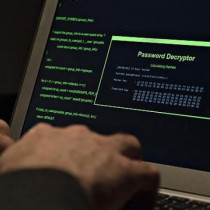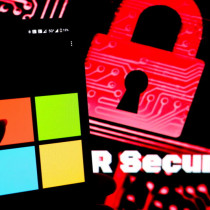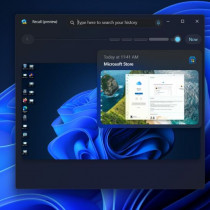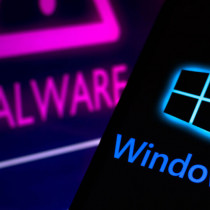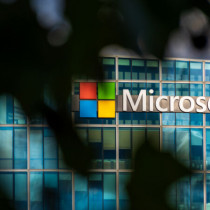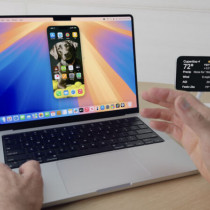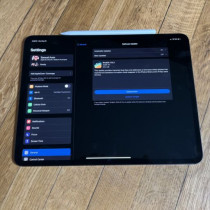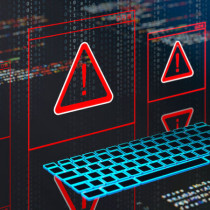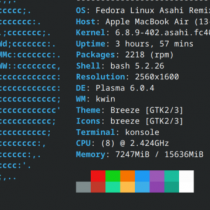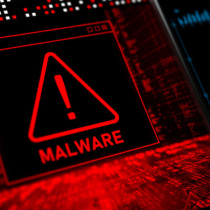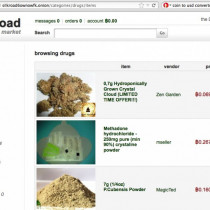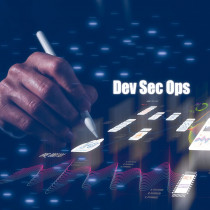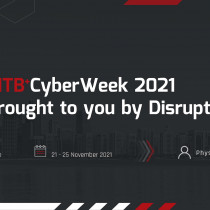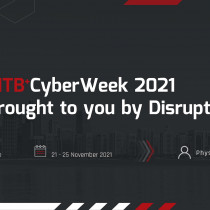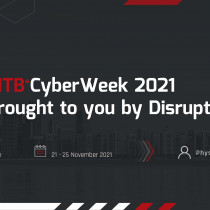Linux, Still an Awkward Alternative
The choice of software to run our computers can get awfully depressing. On one hand, there's Windows XP -- expensive and woefully insecure, but it works on almost every machine out there. On the other, there's Mac OS X -- far more secure, but also expensive and restricted to Apple's own computers.
Where's our independence from this pair? For a growing minority of users, it comes in the open-source operating system called Linux. It's either cheap or free (depending if you buy a packaged distribution or download a version online), it's secure and it can run on any Windows-ready machine.
And because its code is open for anybody to modify, users, not marketers, can get the final say in this operating system's evolution.
But Linux doesn't offer up these rewards easily. At worst, installing it means hours of thumb-wrestling the software into submission, first tweaking it to work with a PC's hardware and then mastering the inscrutable routines needed to update and manage this code.
The first problem arises because many hardware manufacturers provide enabling software only for Windows, forcing Linux programmers to do that work on their own. The second is a consequence of how Linux was first crafted by hobbyists for other hobbyists.
With a lot of work by developers, those issues have improved greatly in recent years, and Linux has gotten easier to find in stores (Wal-Mart's Web site even sells desktop computers with it pre-installed).

